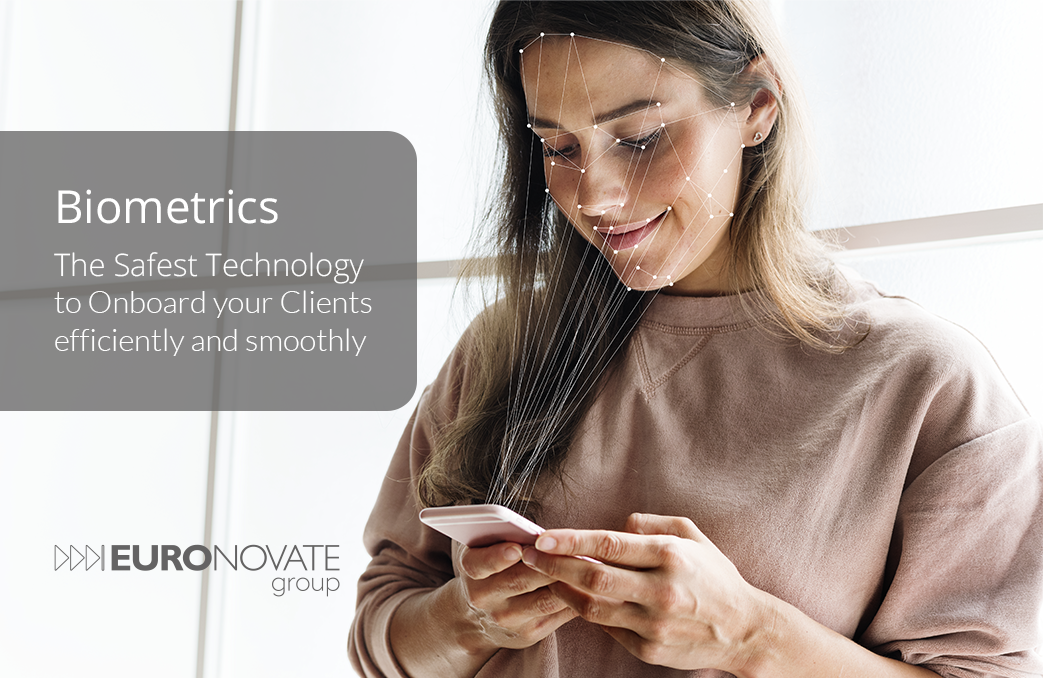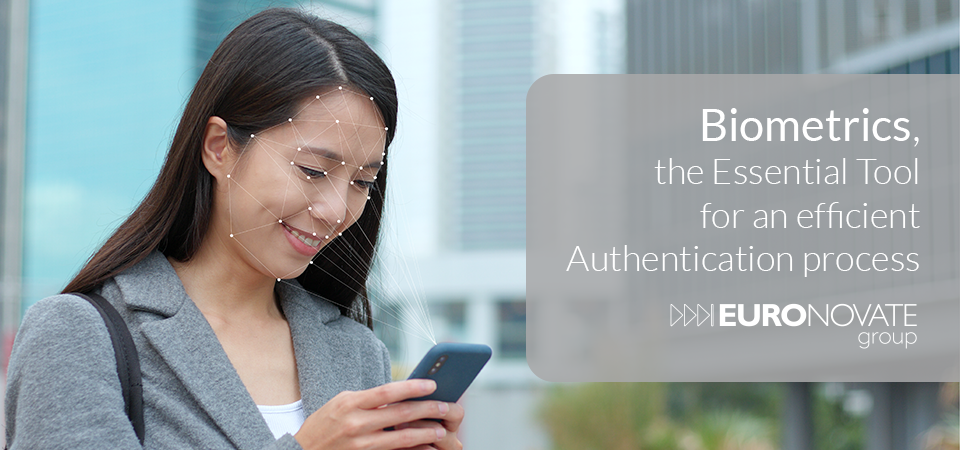Biometrics represents one of the most updated technologies used in the authentication processes. When we think about it, we consider this innovation as a trend of recent years, but we must remember that, actually, it was a method also used in the past.
For this reason, we would like to set a timeline, to understand how “ancient” biometric technology worked and how it changed through the years and with the advance of technology.
We must remember that, since the 800s, fingerprints, primitive biometrics systems, were used not only to recognize and identify criminals but also as a means of signing contracts and documents, becoming a full-fledged authentication method. This method gained popularity during those years, thanks to Edward Henry, inspector general of police in Bengal, who created the Henry System, a classifying system that’s still used today measuring one metric.
However, we can address, without any doubt, that this innovation saw a significant boost during the last century, because, obviously, technical improvement became more important.
Here, we listed the highlights that contributed to develop an idea of biometrics as we know it today:
In the 1906s, administrations were able to use semi-automated facial recognition to analyse facial features within an image and extract usable feature points.
The processes of fingerprint and facial recognition were deployed, in 1969, by law enforcement in order to develop easier and quicker systems of criminal authentication. This goal became the central point for the development of more sophisticated sensors for biometric capture and data extraction.
During the ’80s, some studies of the National Institute of Standards and Technology set a basis for the voice command and recognition systems as we know and use today. They analysed a speech group in order to advance and push technology for the speech recognition system.
In 1994 the first iris recognition algorithm was patented, understanding the fact that fingerprints and irises were unique to everyone, and so they could be used as a tool for authentication.
By the 2000s, many biometric authentication recognition algorithms were functional and patented within the USA.
Biometrics were no longer being implemented in just large corporations or a government setting. They were sold in commercial products and were implemented at large scale events like the 2001 Super Bowl.
Biometrics: satisfying both clients and regulators
As we saw before, biometrics became a quite popular tool for authentication.
Moreover, it started to be an imprescindible requirement for companies, in order to offer the most updated and efficient system to get to know their clients, onboarding them frictionlessly. Another important factor that contributed to the spread and consolidation of this process is, without any doubt, the strengthening of national and communitarian laws and regulations to avoid cybercrime and frauds.
These legal requirements made it essential to develop and structure processes that comply with the current norms, assuring a safe process for both regulators and clients.
In fact, the former will take advantage of a structured and consolidated system, which guarantees high levels of security, establishing a standard for every operation and action executed by users.
On the other hand, clients will exploit an easy-to-access system based exclusively on their personal and physical characteristics, abandoning the need to have multiple and easy to forget passwords.
The linking point between these two actors are companies, which are asked to organize a process that assures both clients and regulators, in terms of usability, security and legal compliance.
The future ahead is bright: every year, technology advances give us the opportunity to improve and bring our processes to the next level, offering the chance to spread the knowledge and loyalty of these innovations through clients and customers.
Euronovate Group, as a leader company in digital transformation, recognizes this statement as a top priority, putting all its effort in product development to offer its clients the best products and services towards the conversion to digital and integrated business processes.
To discover more about our digital solutions and their technical features, contact us to arrange a demo or to ask for more information. Connect with us on Linkedin and Twitter.




